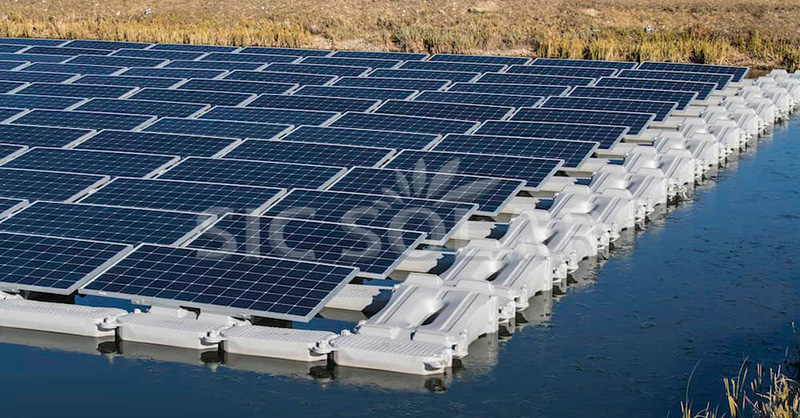As the demand for renewable energy solutions grows, innovations like floating solar panels—also known as floating photovoltaic systems (FPV)—are gaining attention. These systems are installed on bodies of water such as reservoirs, lakes, or ponds, and offer a smart solution for areas with limited land availability. But the question many ask is: do floating solar panels actually work? Let’s take a closer look.
How Floating Solar Panels Work
Floating solar panels operate just like traditional land-based systems. The difference lies in their location—they are mounted on specially designed floating structures that rest on water. These structures are anchored and tethered to maintain stability.
Each floating array includes:
- PV modules mounted on buoyant platforms
- Anchoring systems to withstand wind and current
- Electrical cabling that connects to onshore inverters and the grid
Despite the unique environment, these systems can generate reliable and clean power, often with increased efficiency due to the natural cooling effect of the water surface.
Benefits of Floating Solar Panels
- Efficient Land Use
Floating solar frees up land for agriculture or development—making it ideal for densely populated or land-scarce areas. - Improved Efficiency
The cooling effect of water helps reduce panel temperatures, which can lead to a slight boost in performance compared to rooftop or ground-mounted systems. - Reduced Water Evaporation
Covering parts of water bodies helps reduce evaporation, which is particularly valuable in arid regions. - Eco-Friendly Dual Use
Floating solar systems can coexist with aquaculture, providing shade that reduces algae growth and improves water quality.
Challenges and Considerations
While floating solar technology works effectively, it does come with unique challenges:
- Installation complexity: Requires specialized floating platforms and anchoring techniques.
- Corrosion risks: Components must be durable and resistant to moisture and corrosion.
- Higher upfront costs: Due to the need for water-safe designs and mooring systems.
That’s where reliable infrastructure matters. Companies like SIC Solar, which manufactures and sells photovoltaic mounting systems, offer durable support structures that are adapted for various applications—including floating solar. Their engineering expertise ensures stability, safety, and long-lasting performance even in water-based environments.
Where Floating Solar Makes Sense
Floating solar is especially effective for:
- Water treatment facilities
- Agricultural irrigation reservoirs
- Industrial ponds
- Hydropower dams (as a complementary energy source)
These installations are growing rapidly in countries like China, Japan, India, and parts of Europe where both energy demand and space constraints are high.
